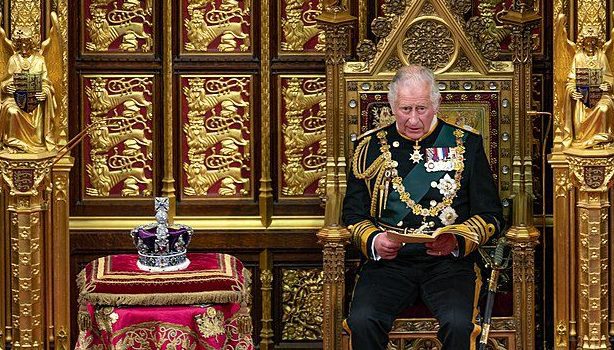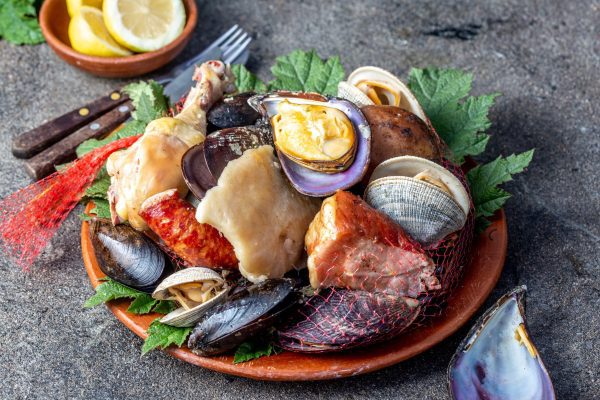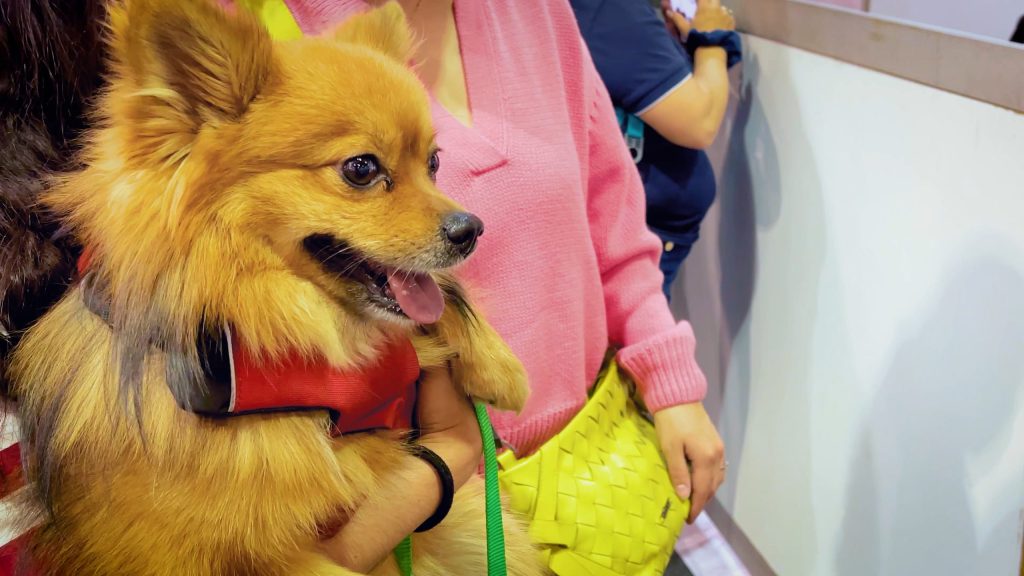Royal watchers are buzzing. King Charles III Coronation will occur amidst the Gothic splendor of Westminster Abbey in London on Saturday, May 6th. It promises to be quite a show—one of those moments when we know we’re witnessing history.
King Charles III, and Camilla, the soon-to-be Queen, will be crowned during the ceremony. This lavish spectacle marks a landmark day for The Firm, as the Royal Family calls it. The Archbishop of Canterbury will perform the ceremony as head of the Church of England just as he has presided over coronations at Westminster Abbey in an unbroken tradition for over a thousand years—since 1066.
A few nights ago, the empty streets of central London echoed with the clop of horses’ hooves and the trundling of carriage wheels in a midnight rehearsal for the big event. Thousands of participants from the armed forces and the police were put through their paces to ensure everything runs smoothly on the day. The Royals will also have a rehearsal. A lot of detail goes into producing a show for the ages. Firmly in the spotlight will be Charles III, a monarch who has advocated for a modern and inclusive Royal Family, taking the starring role in an ancient ceremony.
And, of course, there’s a codename: Operation Golden Orb—very Commander Bond.

The Ceremony
Perhaps oddly, the glitzy ceremony doesn’t make Charles a King. His reign began on Thursday, September 8, 2022, with Queen Elizabeth’s death. At that moment, Charles III became King in law. On September 10, the Accession Council of the United Kingdom formally proclaimed him King, with similar announcements made in other Commonwealth nations. The coronation ceremony is a joyous occasion to celebrate the new monarch’s ascension to the throne and the perfect excuse for a party.
A coronation, at its heart, is a religious rite in which a sovereign is crowned by the physical act of placing the crown on their head. The elaborate ceremony marks the formal inauguration of the new monarch and is steeped in centuries of tradition and symbolism. The monarch vows to uphold the law and the Church and is anointed with holy oil, invested with regalia (especially the orb and the scepter), and ultimately crowned. Thus, acknowledging the monarch’s position as head of the Church of England and commemorating the inheritance of the royal title and authority.
The symbolism of the ceremony, and the monarchy as an institution, is so deeply rooted in British life that the country’s longest-running soap is called Coronation Street. The show takes place in a street named for Queen Victoria’s coronation in 1838, with the first episode airing in 1960.
The Significance
The coronation ceremony publicly affirms the British monarchy’s continuity and symbolizes the British people’s unity under their new Sovereign. It is a powerful reminder of the monarchy’s historical and cultural significance and reinforces its legitimacy and relevance in the modern age, according to the monarchists.
To British Republicans, the costly event is viewed as an anachronistic pantomime and a waste of around £100 million of taxpayers’ money. Protests, as well as celebrations, are planned for the day. Against the backdrop of one of the most extensive security operations ever mounted in London, which will be surrounded by a cordon nicknamed ‘The Ring of Steel.’
Whichever side of the debate you favor, there is no doubt that Operation Golden Orb will deliver stunning pageantry. For many people, it will be the only coronation in their lifetime. The previous one occurred in 1953, and who knows when the next one will be. The opportunity to watch a coronation is rare.
King Charles III’s coronation will be a significant moment in British history, marking new beginnings for the country and reaffirming the importance of the monarchy in British culture and identity. Worldwide over 350 million people are expected to watch the festivities, a testament to the Royal Family’s star power. The ceremony to crown the King will start at 11 a.m., just before the King’s procession arrives at Westminster Abbey.
The Procession
The procession will start from Buckingham Palace, traveling down The Mall before turning right at St. James’s Park and making its way to Westminster Abbey, a distance of 1.3 miles. Vantage points along the route will be packed, with revelers queuing well in advance for the best spots.
The King and Camilla, Queen Consort, will be driven to the Abbey in The Diamond Jubilee State Coach pulled by six horses. The coach looks traditional but was built in 2010 and came fully loaded with electric windows, aircon, hydraulic suspension, and a camera mounted in the crown on the coach’s roof.
On their return to the Palace, the newly crowned King and Queen will take the Gold State Coach, built in 1762 and used for every coronation since the 1830s. The ornate Rococo coach is like something out of a fairy tale but is reportedly rather uncomfortable. There will be more than 6,000 members of the armed forces in attendance, making the procession the UK’s most significant military ceremony in 70 years.
A special viewpoint spot has also been set up in front of Buckingham Palace for thousands of veterans and NHS workers to watch the procession. They will also enjoy a great view of the post-coronation balcony appearance and the fly-past by the RAF.
The Guest List
There will be about 2,200 guests at the coronation.
Dignitaries from 203 countries and territories will be attending. Members of the royal family, Church of England leaders, notable UK and Commonwealth politicians, and foreign heads of state and royalty are among those invited.
At King Charles’ behest, members of the public have also been invited as an acknowledgment of community or charitable work that they’ve engaged in.
As with previous coronations, many guests will be seated in Westminster Abbey’s side chapels rather than the central nave, with some guests not in the Abbey but seated next door in St Margaret’s Westminster. St Margaret’s is the parish church for the Palace of Westminster, including the House of Commons.
The Service
The service is divided into stages:
The Acknowledgement: The monarch is introduced to guests assembled in the Abbey by the Archbishop of Canterbury while standing alongside the 700-year-old Coronation Chair. ‘God save the King!’ the crowd exclaims as trumpets play.
The Pledge: The monarch swears an oath to preserve the law and the Church of England.
The Anointing: The King removes his ceremonial robe and sits on the Coronation Chair. A gold fabric is draped over the chair to keep the King hidden. The Archbishop of Canterbury anoints the King’s hands, breasts, and head with holy oil created from a secret recipe that includes ambergris, orange blossoms, roses, jasmine, and cinnamon. The oil made for Charles was consecrated in The Church of the Holy Sepulchre in Jerusalem and will not contain will not have any animal-derived ingredients.
The Inauguration: The Royal Orb, signifying religious and moral authority; the Sceptre, representing power; and the Sovereign’s Sceptre, a gold rod crowned with a white enameled dove, representing justice and mercy, are all given to the King. Finally, the Archbishop places St. Edward’s Crown on the King’s head—all five solid gold pounds. The King rises from the coronation chair and ascends to the throne. Peers of the Realm kneel before the King to express their respects.
The Queen Consort will then be anointed and crowned similarly.
The Crowns

The King will be crowned with St. Edward’s Crown. Crafted from solid gold in the 17th Century and studded with rubies, amethysts, sapphires, garnet, topazes, and tourmalines, the crown has been used in the coronation of six monarch’s including Charles’ mother, Queen Elizabeth II. He’ll wear it for less than an hour before removing it. It is pretty hefty, weighing five pounds, and only used for coronations.
Buckingham Palace has stated that the traditional Consort Crown, featuring the controversial Koh-i-Noor diamond, whose ownership is disputed by India, will not be used for the coronation. Instead, Queen Mary’s Crown will be used to crown the Queen Consort. It has been taken out of the Tower of London and resized for the event.
The Celebrations
If you’re in the UK, you won’t have to look far to find a party.
On Friday and Saturday of the coronation weekend, pubs, clubs, and bars in England and Wales can stay open two hours longer than usual.
Buckingham Palace has announced several events for the weekend, including a coronation concert at Windsor Castle on May 7 with Katy Perry, Take That, and Lionel Richie.
Prominent landmarks around the UK will be illuminated with projections, lasers, drone displays, and illuminations.
The Big Lunch brings together neighbors and communities to celebrate friendship, food, and fun. Coronation Big Lunches will be held around the UK and beyond the Commonwealth from May 6–8.
The Music
The King personally selected the 12 newly commissioned pieces of music for the occasion, including an anthem by Phantom of the Opera and Cats composer Andrew Lloyd Webber. A portion of the ceremony will be sung in Welsh, with performers including world-renowned Welsh opera vocalist Sir Bryn Terfel. In honor of the King’s father, Prince Philip, who was born in Greece, there will be Greek Orthodox music. A gospel choir and Westminster School choristers will also perform.
The ‘Ring for the King’ scheme aims to recruit thousands of bellringers to ring in the coronation across the country.
“For the King, we want bellringers in every church,” a spokesperson said.
No doubt there will be a good turnout. The churches, streets, and pubs will be thronged with people cheering on the Royal Family.
Whether the protestors will find a way to make their voices heard over the dazzling cavalcade of pomp and circumstance remains to be seen.
Edited by Michael Moss





